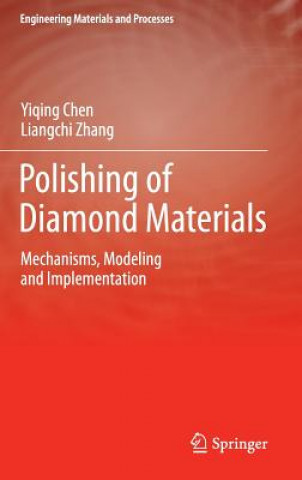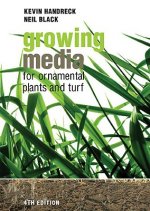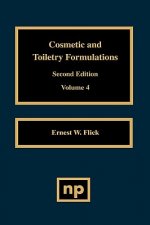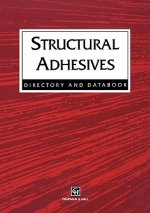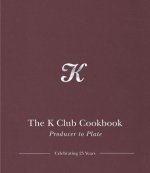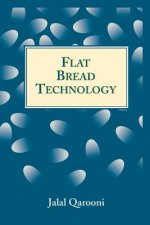
Consegna
Guida all'acquisto





Non ti piace? Non importa! Puoi restituircelo entro 30 giorni
 Buono sconto
Di qualsiasi valore
Buono sconto
Di qualsiasi valore
Non puoi sbagliarti con un buono regalo. Con il buono regalo, il destinatario può scegliere qualsiasi prodotto della nostra offerta.
Polishing of Diamond Materials
 Inglese
Inglese
 339 b
339 b
30 giorni per il reso
Potrebbe interessarti anche


Diamond has a unique combination of properties, such as the highest hardness and thermal conductivity among any known material, high electrical resistivity, a large optical band gap and a high transmission, good resistance to chemical erosion, low adhesion and friction, and extremely low thermal expansion coefficient. As such, diamond has been a desirable material in a wide range of applications in mechanical, chemical, optical, thermal and electrical engineering. In many of the cases, the surface of a diamond component or element must have a superior finish, often down to a surface roughness of nanometers. Nevertheless, due to its extreme hardness and chemical inertness, the polishing of diamond and its composites has been a sophisticated process. §Polishing of Diamond Materials will provide a state-of-the-art analysis, both theoretically and experimentally, of the most commonly used polishing techniques for mono/poly-crystalline diamond and chemical vapour deposition (CVD) diamond films, including mechanical, chemo-mechanical, thermo-chemical, high energy beam, dynamic friction and other polishing techniques. The in-depth discussions will be on the polishing mechanisms, possible modelling, material removal rate and the quality control of these techniques. A comparison of their advantages and drawbacks will be carried out to provide the reader with a useful guideline for the selection and implementation of these polishing techniques.§Polishing of Diamond Materials will be of interest to researchers and engineers in hard materials and precision manufacturing, industry diamond suppliers, diamond jewellery suppliers and postgraduate students in the area of precision manufacturing.Diamond has a unique combination of properties, such as the highest hardness and thermal conductivity among any known material, high electrical resistivity, a large optical band gap and a high transmission, good resistance to chemical erosion, low adhesion and friction, and extremely low thermal expansion coefficient. As such, diamond has been a desirable material in a wide range of applications in mechanical, chemical, optical, thermal and electrical engineering. In many of the cases, the surface of a diamond component or element must have a superior finish, often down to a surface roughness of nanometers. Nevertheless, due to its extreme hardness and chemical inertness, the polishing of diamond and its composites has been a sophisticated process. §Polishing of Diamond Materials will provide a state-of-the-art analysis, both theoretically and experimentally, of the most commonly used polishing techniques for mono/poly-crystalline diamond and chemical vapour deposition (CVD) diamond films, including mechanical, chemo-mechanical, thermo-chemical, high energy beam, dynamic friction and other polishing techniques. The in-depth discussions will be on the polishing mechanisms, possible modelling, material removal rate and the quality control of these techniques. A comparison of their advantages and drawbacks will be carried out to provide the reader with a useful guideline for the selection and implementation of these polishing techniques.§Polishing of Diamond Materials will be of interest to researchers and engineers in hard materials and precision manufacturing, industry diamond suppliers, diamond jewellery suppliers and postgraduate students in the area of precision manufacturing. §The Engineering Materials and Processes series focuses on all forms of materials and the processes used to synthesise and formulate them as they relate to the various engineering disciplines. The series deals with a diverse range of materials: ceramics; metals (ferrous and non-ferrous); semiconductors; composites, polymers, biomimetics etc. Each monograph in the series is written by a specialist and demonstrates how enhancements in materials and the processes associated with them can improve performance in the field of engineering in which they are used.Diamond has a unique combination of properties, such as the highest hardness and thermal conductivity among any known material, high electrical resistivity, a large optical band gap and a high transmission, good resistance to chemical erosion, low adhesion and friction, and extremely low thermal expansion coefficient. As such, diamond has been a desirable material in a wide range of applications in mechanical, chemical, optical, thermal and electrical engineering. In many of the cases, the surface of a diamond component or element must have a superior finish, often down to a surface roughness of nanometers. Nevertheless, due to its extreme hardness and chemical inertness, the polishing of diamond and its composites has been a sophisticated process. §Polishing of Diamond Materials will provide a state-of-the-art analysis, both theoretically and experimentally, of the most commonly used polishing techniques for mono/poly-crystalline diamond and chemical vapour deposition (CVD) diamond films, including mechanical, chemo-mechanical, thermo-chemical, high energy beam, dynamic friction and other polishing techniques. The in-depth discussions will be on the polishing mechanisms, possible modelling, material removal rate and the quality control of these techniques. A comparison of their advantages and drawbacks will be carried out to provide the reader with a useful guideline for the selection and implementation of these polishing techniques.§Polishing of Diamond Materials will be of interest to researchers and engineers in hard materials and precision manufacturing, industry diamond suppliers, diamond jewellery suppliers and postgraduate students in the area of precision manufacturing.
Informazioni sul libro
 Inglese
Inglese
Categorie


 Contatto
Contatto Come acquistare
Come acquistare















